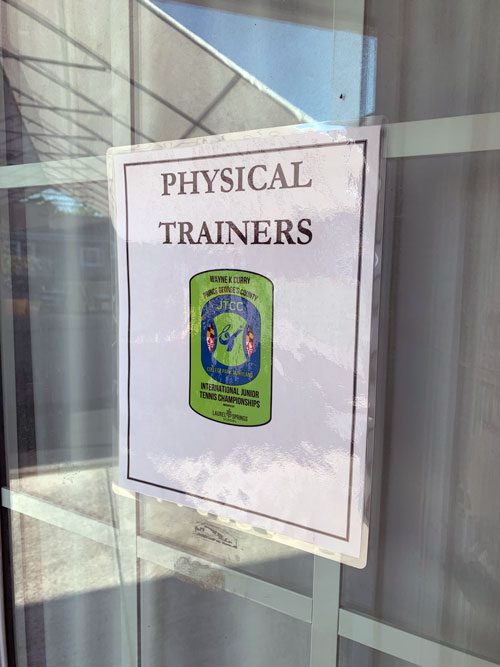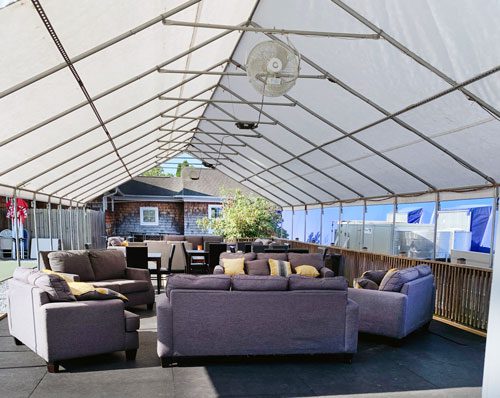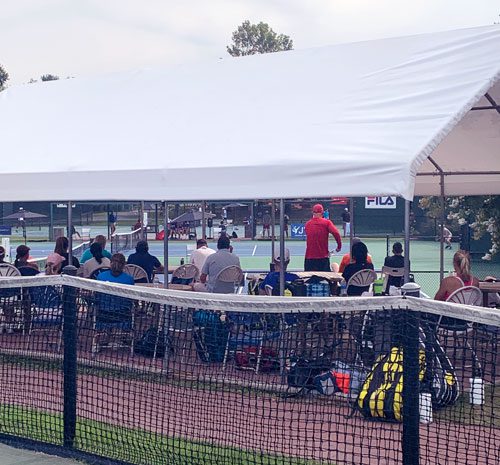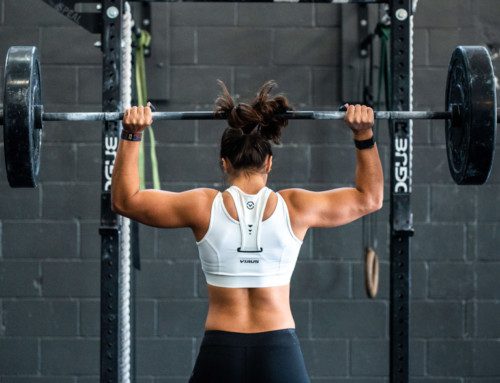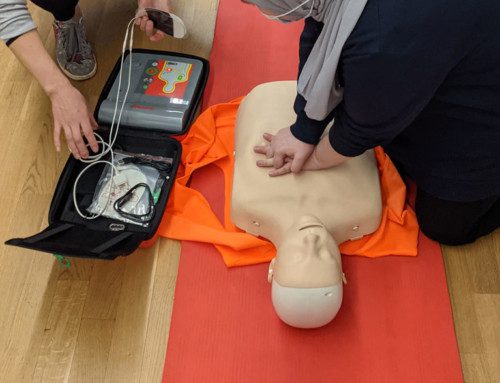Traditionally, sports and orthopedic physical therapists have primarily treated patients within clinic settings. However, there’s another dimension to this role, especially for those who have pursued additional training in sports rehabilitation. These physical therapists take their skills directly to the sidelines, immersing themselves in the real-time action of sports.
Working side by side with physicians and athletic trainers, these PTs address the immediate aches and pains athletes might experience before and after an event. They’re also on hand to tackle acute injuries right as they happen on the field, court, or track. As a sports clinical specialist, I got a taste of this dynamic role at a junior tennis tournament in Maryland this past August. Here, I served as the tournament’s dedicated physical therapist, treating athletes both on and off the court. Let me take you behind the scenes.
The tournament was a gathering of some of the brightest stars in junior tennis. Many participants had just competed in Junior Wimbledon, while others were preparing for the upcoming Junior US Open. My day typically kicked off with collecting my communication radio, my lifeline for staying informed about on-court incidents. Once my treatment room was ready, I awaited the athletes who would soon drop by for pre-match checks.
The role here differed from a traditional PT setting. Here, the emphasis was less on long-term recovery and more on ensuring players’ immediate readiness and safety for their matches. While some therapeutic exercises and stretches were part of the routine, especially post-match, much of my time centered on tasks like taping, addressing sprains and strains, blister care, and managing muscle cramps. One particular aspect unique to this setting was the “court call.”
A court call is an urgent summons when a player sustains an injury mid-match. The intensity of such moments is palpable. With tournament officials timing me, I had just 3 minutes to assess, decide, and deliver the appropriate intervention. If I deemed the player fit, they would continue their match. However, in severe cases, they’d have to bow out. Fortunately, many were able to persevere post-treatment and see their match through. For those who did continue in the tournament, a comprehensive treatment plan awaited them. And for the others, referrals to trusted PTs back home ensured they were in good hands.
The tournament was intense and demanding, but immensely rewarding. I’m now eager to deepen my involvement with the tennis community, relishing the opportunity to support these athletes both on and off the court.


